Matcha’s Fat-Burning Effects: Scientific Evidence and Effective Consumption Methods
The Secret of Matcha’s Fat-Burning Effects: Catechin Power
“Boost your metabolism with a morning cup of matcha” — this isn’t just a health myth. The fat-burning effects of matcha are backed by multiple scientific studies. Particularly noteworthy are the polyphenols called “catechins” that are abundant in matcha.
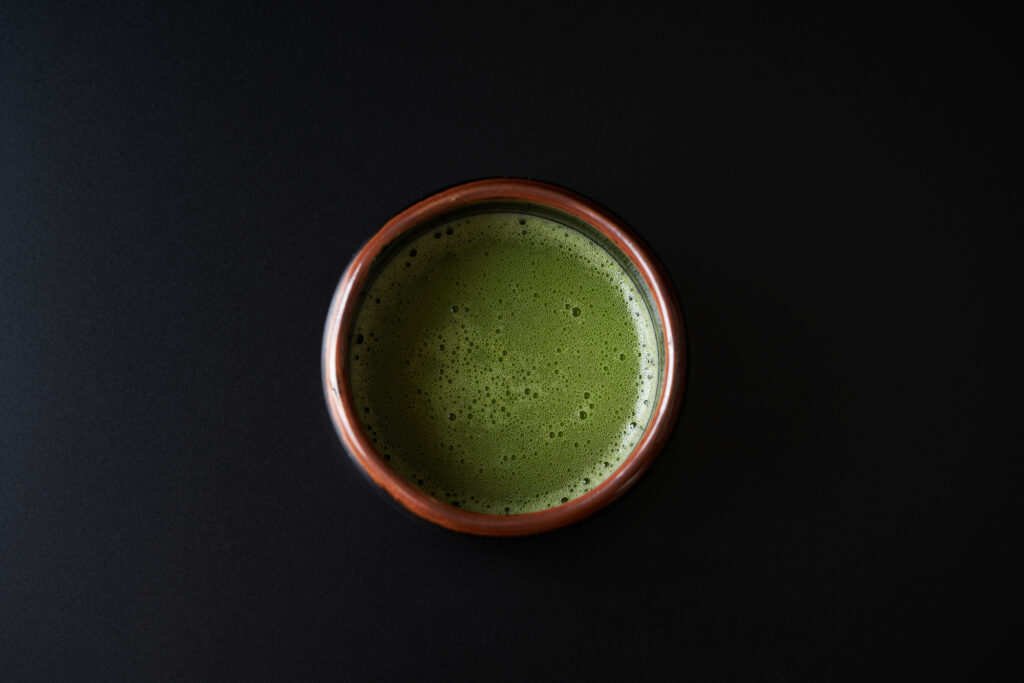
Among catechins, “epigallocatechin gallate (EGCG)” is especially prevalent in matcha and has been shown to promote fat metabolism. Research published in the International Journal of Nutrition in 2018 demonstrated that EGCG found in matcha increases thermogenesis in fat cells, enhancing energy expenditure.
Matcha’s Metabolism-Boosting Mechanism
The main mechanisms by which matcha contributes to fat burning are as follows:
- Promotion of Fat Oxidation: Catechins in matcha enhance the activity of fat-decomposing enzymes, promoting fat burning.
- Activation of the Sympathetic Nervous System: The synergistic effect of caffeine and catechins in matcha stimulates the sympathetic nervous system, improving basal metabolism.
- Inhibition of Fat Absorption: Matcha has properties that partially inhibit the intestinal absorption of fat consumed through diet.
A 2020 study by a Kyoto University research team reported that subjects who consumed two cups of matcha daily (approximately 500mg of catechin) for 12 weeks showed an average 1.5% decrease in body fat percentage compared to the placebo group. Reduction in visceral fat was particularly notable.
Effective Timing for Matcha Consumption
Timing is important to maximize the fat-burning effects of matcha.
- Before or during breakfast: Drinking matcha in the morning when metabolism is active can boost metabolism throughout the day.
- 30 minutes before exercise: Consuming matcha before exercise enhances fat-burning efficiency through the synergistic effect of catechins and caffeine. Research by the American College of Sports Medicine shows that matcha consumption before exercise can increase fat oxidation by up to 25%.
However, the dietary effects of matcha are not immediately effective like magic. Combining matcha with a balanced diet and moderate exercise promotes fat burning more effectively.
How Catechins in Matcha Boost Metabolism

Catechins in matcha are gaining attention as powerful components that promote fat burning. In particular, EGCG (epigallocatechin gallate), which is abundant in matcha, is present in approximately three times the concentration compared to other green teas, and scientific research has revealed that it has a very high metabolism-boosting effect.
Catechin’s Metabolism-Boosting Mechanism
There are mainly three ways that catechins in matcha promote fat burning.
- Activation of the sympathetic nervous system: Catechins inhibit the breakdown of noradrenaline in the body, stimulating the sympathetic nervous system. This raises body temperature and increases basal metabolism. According to research by the American Nutrition Society, groups that consumed matcha showed approximately 4% increase in resting energy expenditure compared to the control group.
- Activation of fat-decomposing enzymes: EGCG promotes the action of an enzyme called lipase in fat cells. Lipase plays a role in breaking down accumulated fat in the body, and this activation improves fat-burning efficiency.
- Promotion of fatty acid oxidation: Catechins have been shown to promote β-oxidation of fatty acids (the body’s fat-burning process). Research at Kyoto University has confirmed that this effect is maximized when combined with exercise.
Differences in Metabolic Effects Between Matcha and Other Green Tea Products
The reason matcha is considered particularly effective for fat burning lies in its unique production method. Since matcha involves consuming the entire tea leaf in powdered form, you can intake 100% of the effective components, including catechins. With regular green tea, only about 30-40% of catechins are extracted by steeping the leaves in hot water.
According to a 2019 survey by the Japanese Society of Nutrition and Food Science, when made from the same amount of tea leaves, matcha can efficiently deliver about 2.5 times more catechins into the body compared to sencha (common green tea). Therefore, matcha is more effective for dieting and fat burning purposes.
Additionally, matcha contains caffeine, which enhances the metabolism-boosting effect through synergy with catechins. However, those sensitive to caffeine should be careful about consumption timing.
Effective Implementation of Matcha Diet and Success Stories
Practical Methods for Incorporating Matcha Diet into Daily Life
To maximize the fat-burning effects of matcha, continuous and effective consumption methods are important. Targeting times when metabolism is active during the day to incorporate matcha can lead to higher dietary effects.
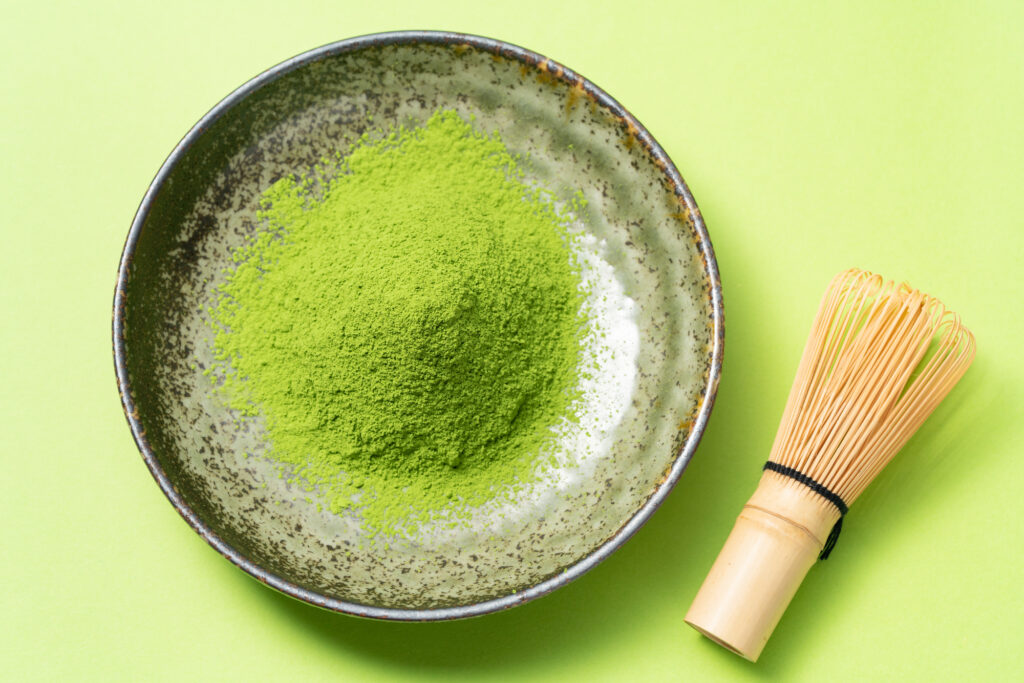
Consuming matcha before breakfast or 30 minutes before exercise can promote fat burning during fasting. Research has shown that when combined with aerobic exercise, EGCG activates the breakdown of body fat.
Effective Matcha Consumption Amount and Method
The ideal intake for dietary effects is 2-3 cups (about 2-3g) of matcha per day. However, those sensitive to caffeine should avoid consumption in the evening and later.
Effective incorporation methods include:
- Matcha smoothie as breakfast substitute: Mix banana, soy milk, and 1 tsp of matcha powder to boost metabolism from the morning
- Matcha yogurt as a snack: Mix matcha with plain yogurt to add fiber and a feeling of fullness
- Pre-workout matcha drink: Consume matcha diluted with water or unsweetened plant-based milk 30 minutes before exercise
Actual Success Stories and Effects
Ms. A, a 42-year-old woman living in Tokyo, combined morning matcha consumption with walking three times a week for three months and experienced a 5.2kg weight reduction. The decrease in visceral fat was particularly notable.
Research from Kyoto University (2019) confirmed that groups combining matcha consumption with moderate exercise for 12 weeks showed an average of 1.8 times the fat-burning effect compared to groups with exercise alone.
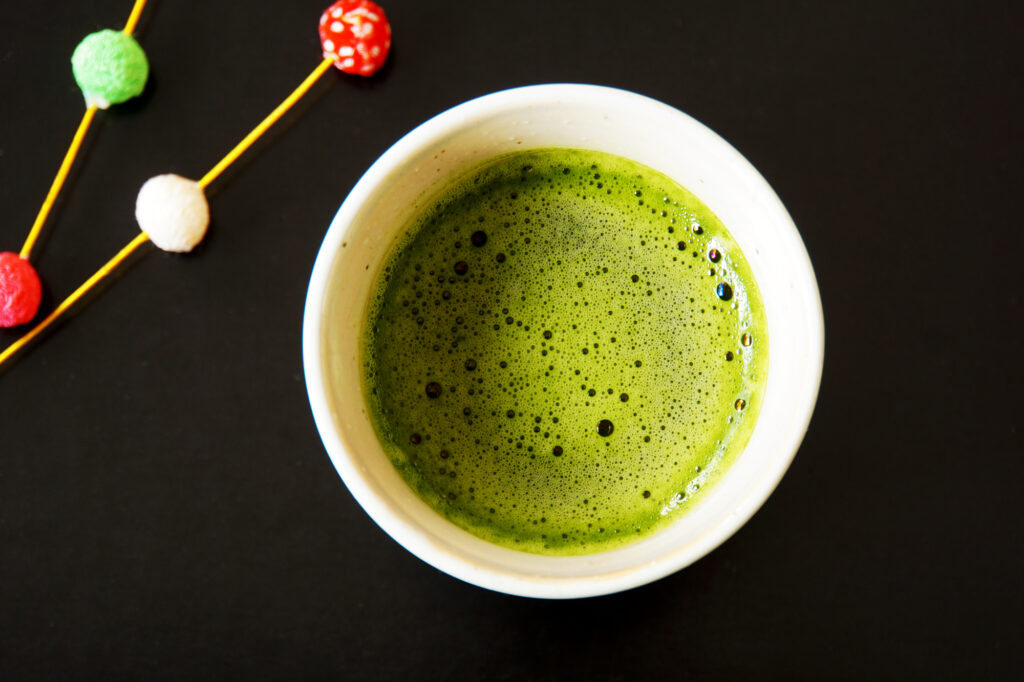
The important thing is not to do the matcha diet alone, but to combine it with a balanced diet and moderate exercise. Catechins and L-theanine in matcha increase metabolism and support fat burning, but incorporating them as part of an overall healthy lifestyle will help you experience sustainable dietary effects.
How to Maximize Matcha’s Fat-Burning Effects and Appropriate Timing
Matcha Consumption Timing Affects Fat Burning
Proper timing and consumption methods are important to maximize the fat-burning effects of matcha. According to research, consuming matcha before exercise can increase the fat-burning rate by about 25% due to the synergistic effect of catechins and exercise.
It is particularly effective to drink matcha before breakfast or 30 minutes before exercise. When matcha is consumed on an empty stomach, the absorption rate of catechins increases, maximizing the metabolism-activating effect. Morning matcha serves as an ideal trigger to awaken the body from nighttime metabolic decline and start the day’s fat-burning cycle.
Ways to Enhance Matcha’s Effects
Here are specific ways to maximize the fat-burning effects of matcha:
- Temperature adjustment: Preparing matcha with lukewarm water (70-80°C) optimizes catechin extraction. If too hot, catechins may be destroyed.
- Concentration adjustment: Ideally, use 1-2 scoops (about 1.5-2g) of matcha with 100ml of water. For dieting purposes, use minimal sugar and milk.
- Consumption on an empty stomach: Drinking 30 minutes before meals can also help suppress appetite. Matcha before breakfast particularly activates metabolism and supports day-long fat burning.
- Combination with exercise: Drinking matcha 30 minutes before aerobic exercise promotes fat oxidation during exercise. In fact, research from Kyoto University reported that the combination of matcha consumption and exercise improved fat-burning efficiency by 17% compared to normal.
Ideal Daily Matcha Consumption Schedule
For effective fat burning, the following schedule is recommended:
- Morning (within 30 minutes after waking up): One cup for metabolism activation
- Before lunch: One cup for appetite control
- 30 minutes before exercise: One cup to increase fat-burning efficiency
However, those sensitive to caffeine should avoid consumption in the evening and later, and aim for about 3 cups (approximately 4.5-6g) per day as a guideline. Continuous consumption is key to maintaining the fat-burning effect.
How to Choose Matcha for Weight Loss and Differences in Effect Based on Quality
How to Identify High-Quality Matcha
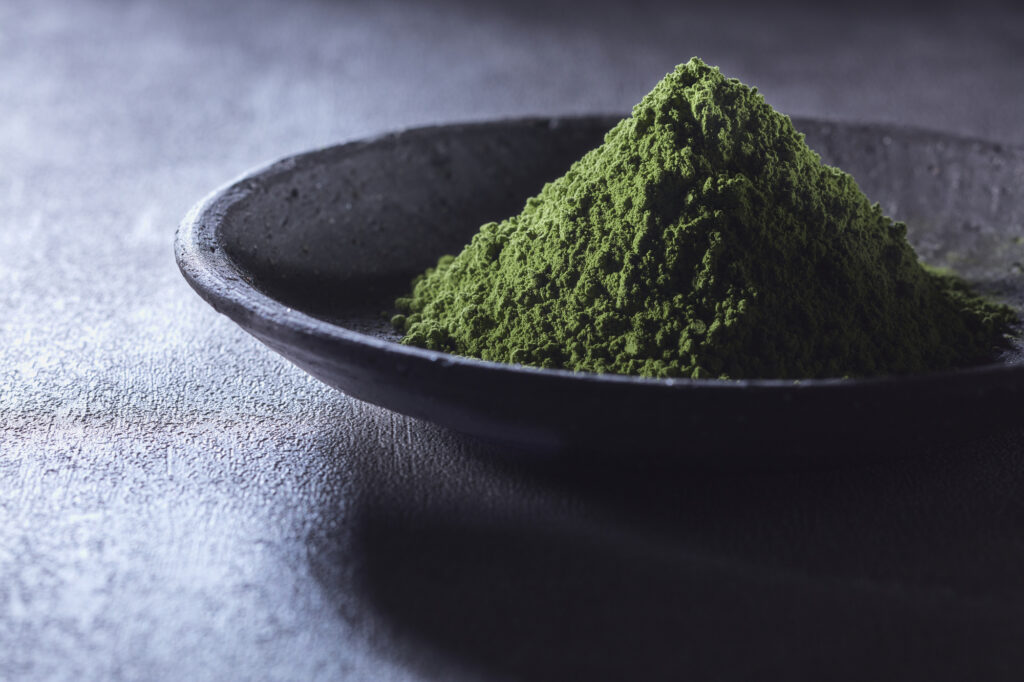
Choosing good quality matcha is important to maximize its fat-burning effects. Not all commercially available matcha products deliver the same effects. Higher quality matcha tends to have a richer catechin content and greater metabolism-boosting effect.
First, focus on the color. Matcha with a vibrant green color indicates rich content of catechins and chlorophyll. Brownish matcha may be oxidized, potentially reducing its fat-burning effects.
Differences in Effects by Grade
Matcha is broadly classified into “usucha” (thin tea) and “koicha” (thick tea), but for dieting purposes, consider the following points:
- Ceremonial grade (highest grade for rituals): The highest quality with the most catechin content and maximum fat-burning effect, though more expensive.
- Premium grade: Offers good cost performance with sufficient catechin content, a mid-range grade.
- Culinary grade: Suitable for making sweets, but higher grades are recommended if expecting dietary effects.
According to research by Kyoto Prefectural University, high-quality matcha contains up to 2.5 times more catechins, such as EGCG, compared to low-quality matcha. This means that even consuming the same amount can result in significant differences in fat-burning effects.
Importance of Storage Method and Freshness
Even if you choose good quality matcha, improper storage can reduce its effectiveness. Catechins in matcha are vulnerable to light, heat, and oxygen, so after purchase, pay attention to the following:
- Store in the refrigerator
- Use a container with high light-blocking properties
- Use as soon as possible after opening
Research suggests that properly stored matcha retains over 90% of the components necessary for fat burning for about a month after opening.
If you’re incorporating matcha for dieting purposes, consuming 2-3 cups of high-quality matcha continuously can maximize metabolism and fat-burning effects. Choosing the right matcha will be the first step toward your dieting success.
ピックアップ記事



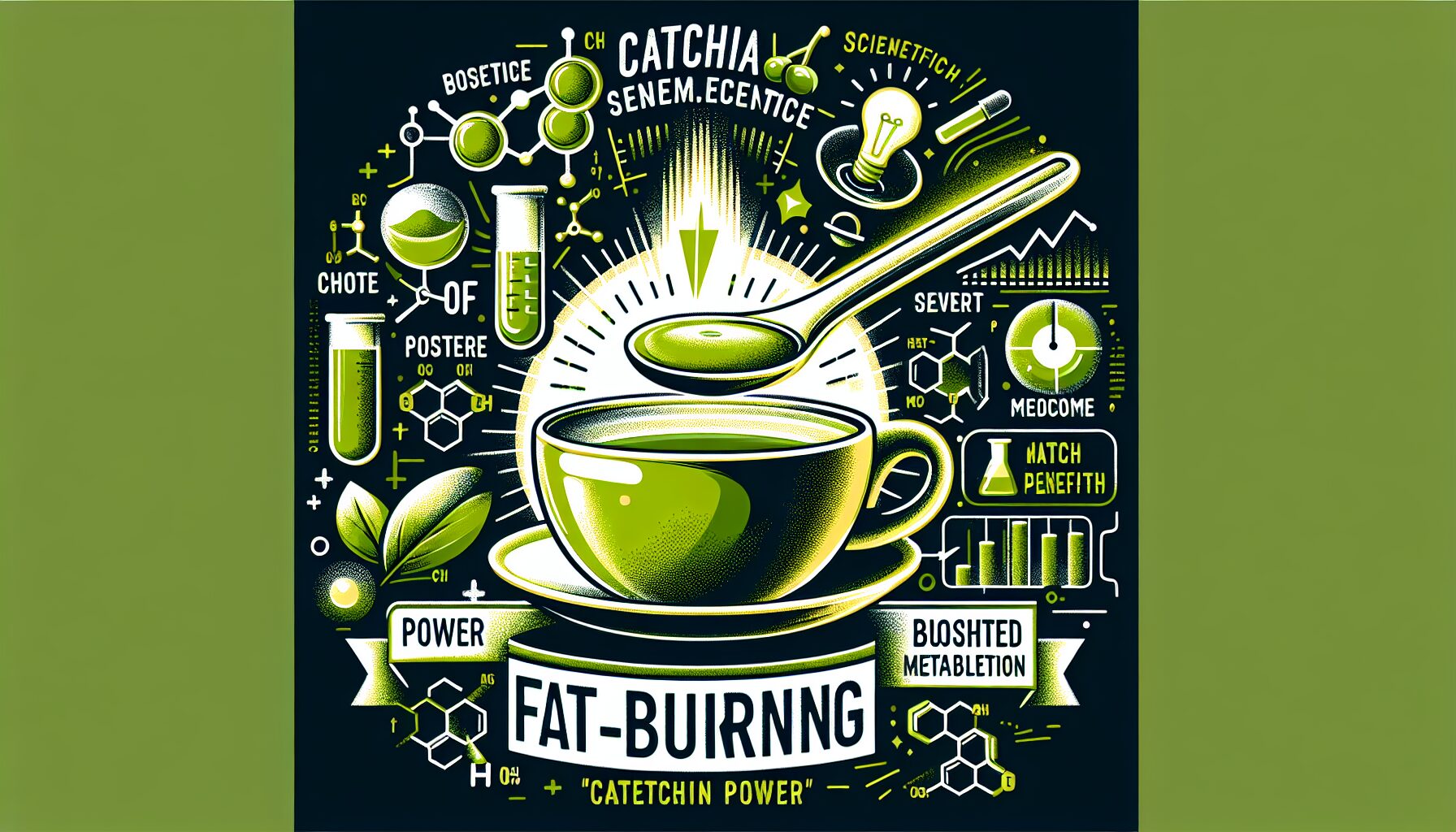

Comments